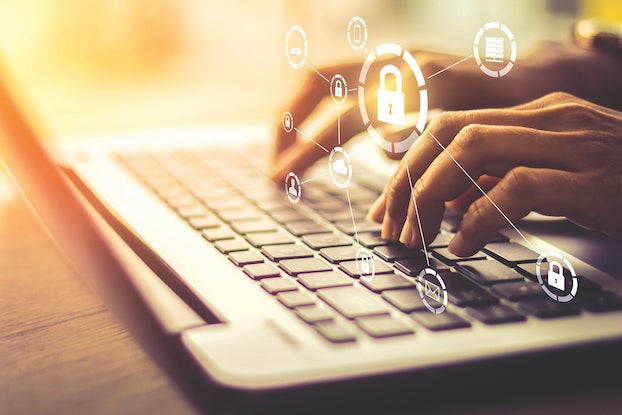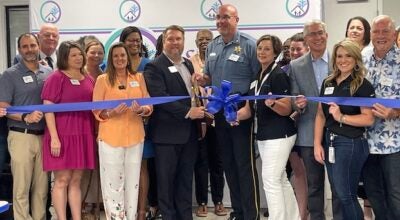Calcasieu school system teaching good digital citizenship habits
Published 8:45 am Sunday, October 23, 2022

- Individuals and companies lost more than $6.9 billion to internet crimes in 2021, a jump of more than $2 billion from 2020. (Metro Creative Services)
The Calcasieu Parish School District makes it a priority to ensure that Southwest Louisiana students are educated on what it takes to be a good digital citizen. To highlight their efforts, the district created Digital Citizenship Week, which took place last week.
Kim LeBlanc, CPSB Chief Technology Officer, said that while digital citizenship is taught throughout the year, there was a desire to “highlight the importance of helping students, families and teachers navigate our 24/7 digital world.” With the institution of Digital Literacy Week, the school district was able to supply teachers with specialized lessons and activities.
Digital citizenship is “the responsible use of technology to learn, create and participate,” as defined by LeBlanc.
To be a good digital citizen is to utilize digital technology ethically and responsibly. She said for Southwest Louisiana students, “good digital citizenship … engages that and shows them how to connect with one another, empathize with each other and create healthy relationships through digital tools.”
Within an ever-advancing technological environment, taking time to ensure that students are taught the skills needed to ethically navigate a digital world is important now more than ever. “For students, digital life is real life,” she said.
All Calcasieu Parish students are supplied with digital devices. For this reason, CPSB has taken the time to curate lessons, tools and programs to educate students on how these devices should be used. “It is the responsibility of the school district to make sure students learn how to responsibly and appropriately utilize the technology tools supported by the district as well as guiding students to understand how technology inappropriately used can affect their lives.”
LeBlanc said CPSB has developed a “comprehensive Digital Citizenship Program.”
The program covers topics such as: media balance, privacy & security, digital footprint & identity and news & media literacy. The topics are taught throughout various grade levels, but the lessons are customized to the grade level that is being taught.
LeBlanc gave an example on this process with the topics Media Balance and Well-Being. These topics concentrate on the concept, “We find balance in our digital lives,” she said. “In lower elementary, the lesson would focus on helping students understand how they find a happy balance between their online and offline activities by thinking about a way that they can pause for people and say goodbye to technology.”
Through the program, every school creates a team composed of a team ambassador and two other school representatives.
These teams, alongside CPSB Technology Training Facilitators, develop educational content for both staff and students. “The team helps create a school-wide plan for implementing additional digital citizenship lessons throughout the school year and the incorporation of tips into the classroom daily,” she explained. “They also develop action plans specific to the needs of students at their school using the results of school technology surveys.”
The program follows and utilizes the digital citizenship standards that are set by the International Society for Technology in Education.
The practice of ethical digital citizenship should not stop at school. LeBlanc stated that parents and guardians “should be encouraged to reflect on media habits and build digital citizenship skills by holding open conversations with the entire family about digital citizenship.”
The practice of good digital citizenship does not stop at school. LeBlanc explained that the best way for a family to introduce digital citizenship is to create a household agreement. “Creating a family media agreement would be a great activity for families to do together,” she said. “The agreement could cover topics such as device care, staying safe online and thinking first before posting.”
She explained that creating such an agreement is an effective way to introduce a household to ethical, digital use. “Getting input from all family members regarding the ‘do’s’ for each of the topics above would be a great way to open up conversations about responsible digital use,” she said.





